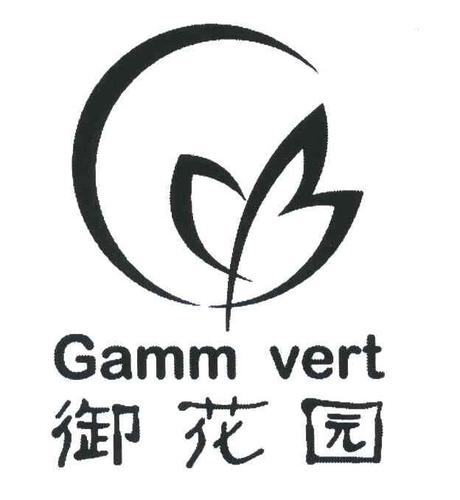
Symbolic Elements of the Imperial Garden
Introduction
The Imperial Garden, an integral part of Chinese imperial architecture, is not merely a place of aesthetic beauty. It embodies a rich tapestry of symbolism, with every element carefully chosen to reflect the universe, philosophical ideals, and the emperor's power and virtue. This essay delves into the symbolic significance of key elements found within the Imperial Garden.
1. Spatial Organization: A Microcosm of the Universe
The layout of the Imperial Garden adheres to the traditional Chinese worldview of "Tian Yuan Di Fang" (round heaven and square earth). * Enclosure: The garden is enclosed by walls, symbolizing the separation of the emperor's realm from the mundane world and reinforcing the concept of the emperor's mandate from heaven. * Central Axis: A central axis often runs through the garden, dividing it into symmetrical halves. This axis represents the emperor's connection to the heavens and his role as the intermediary between heaven and earth. * Cardinal Directions: Buildings and landscape features are often placed according to the four cardinal directions, reflecting the emperor's dominion over all corners of the empire.
2. Water: Source of Life and Virtue
Water, a fundamental element in Chinese philosophy, holds significant meaning within the Imperial Garden. * Lakes and Ponds: Representing abundance, tranquility, and the source of life, they are often shaped irregularly to mimic natural forms, reflecting Daoist ideals of harmony with nature. * Bridges: Acting as transitions between different sections of the garden, bridges symbolize progress, connection, and overcoming obstacles. * Flowing Water: Streams and waterfalls symbolize the passage of time, the emperor's virtue flowing throughout the empire, and the constant renewal of life force.
3. Rocks and Mountains: Strength and Longevity
Rocks and mountains are revered in Chinese culture for their enduring strength and permanence. * Rock Gardens: Carefully arranged rocks represent mountains, islands, or mythical creatures. They symbolize stability, longevity, and the enduring power of the emperor. * Artificial Hills: Man-made hills offer vantage points to view the garden and the surrounding landscape. They embody the emperor's elevated status and his ability to survey his domain.
4. Flora and Fauna: Harmony and Prosperity
The selection of plants and animals within the Imperial Garden is carefully curated, each with its own symbolic meaning. * Auspicious Trees: Pine, bamboo, and plum trees, known as the "Three Friends of Winter," are often planted together, symbolizing resilience, longevity, and perseverance. * Flowering Plants: Peonies, chrysanthemums, and lotus flowers represent prosperity, nobility, and purity, respectively. They add auspiciousness and beauty to the garden. * Exotic Animals: Cranes, peacocks, and deer were often kept in the Imperial Garden. They symbolize longevity, grace, and prosperity.
5. Architecture: Imperial Authority and Leisure
The buildings within the Imperial Garden served both practical and symbolic purposes. * Pavilions and Halls: Used for relaxation, banquets, and official ceremonies, they represent the emperor's power and authority. Their elaborate designs reflect the splendor and sophistication of the imperial court. * Covered Walkways: These structures provide shelter from the elements and connect different areas of the garden, representing the interconnectedness of the empire and the emperor's influence reaching far and wide.
Conclusion
The Imperial Garden, far from being merely a place of leisure, functions as a powerful symbol of imperial ideology and cosmology. The arrangement of space, the elements of nature, and the architectural structures all work together to create a microcosm of the universe and an embodiment of the emperor's power, virtue, and connection to the heavens.
Questions for Discussion:
- How does the symbolism of the Imperial Garden reflect the philosophical beliefs of Confucianism and Daoism?
- In what ways does the Imperial Garden differ from other types of gardens found in Chinese culture?
- Can you think of other symbolic elements found in the Imperial Garden and their significance?